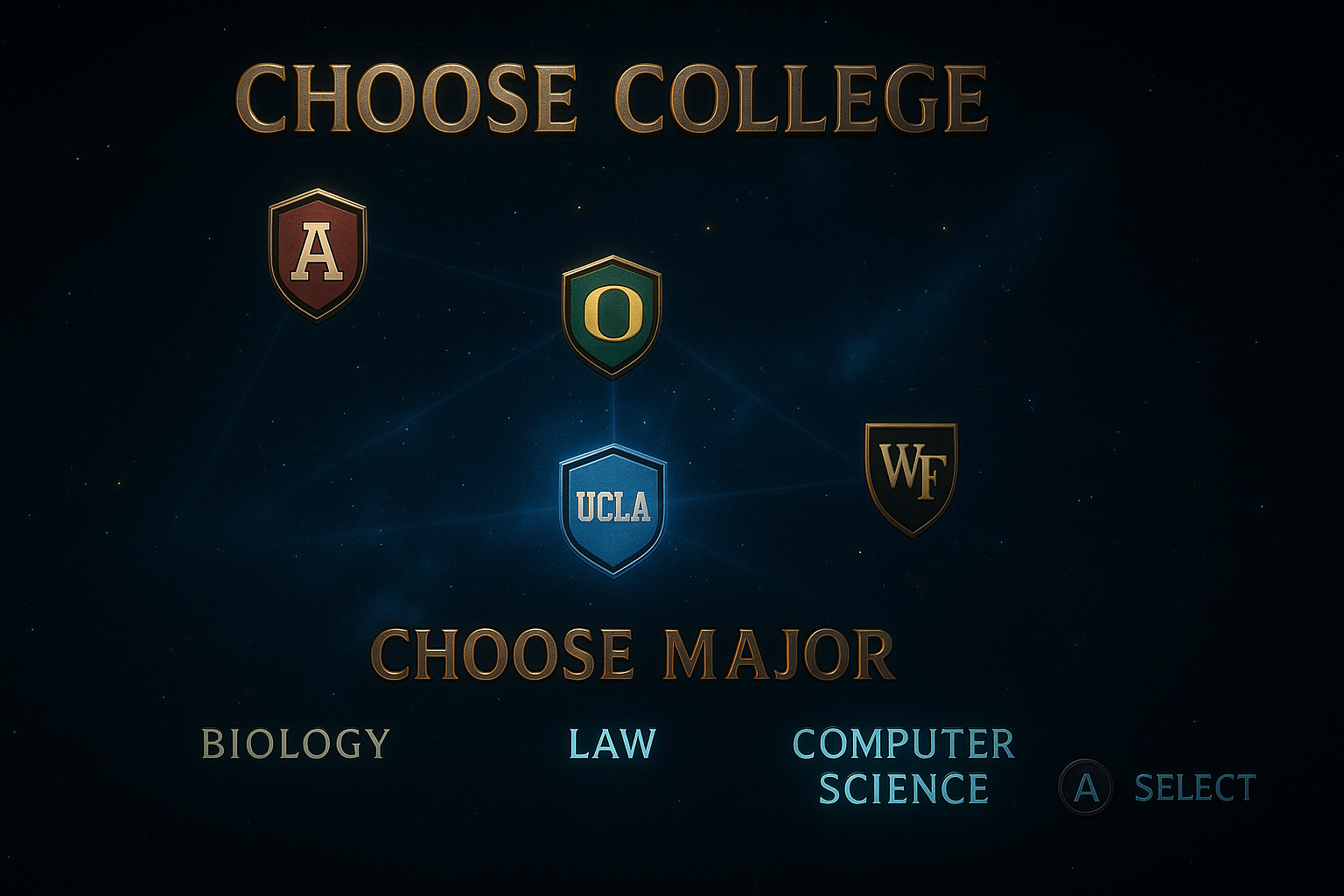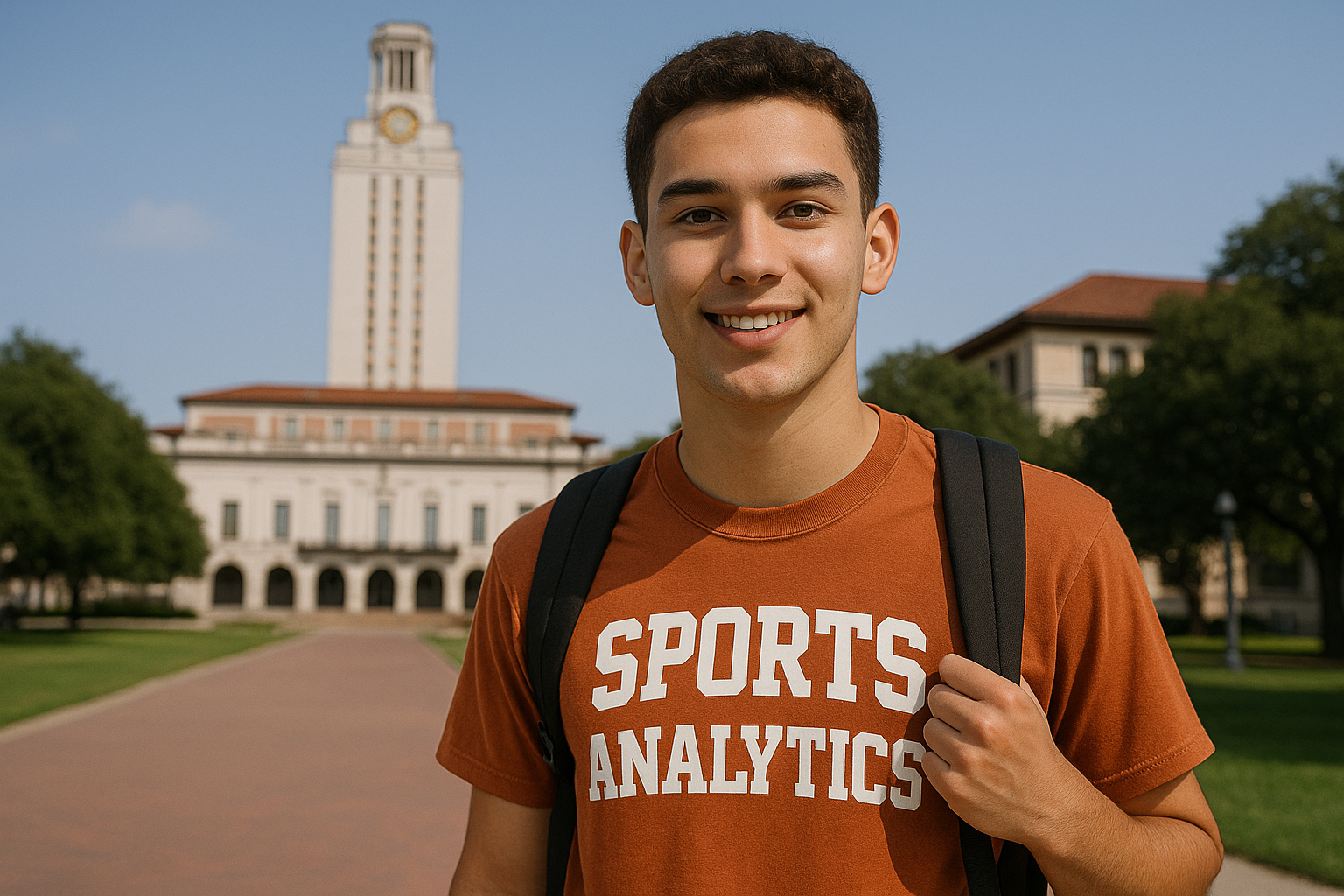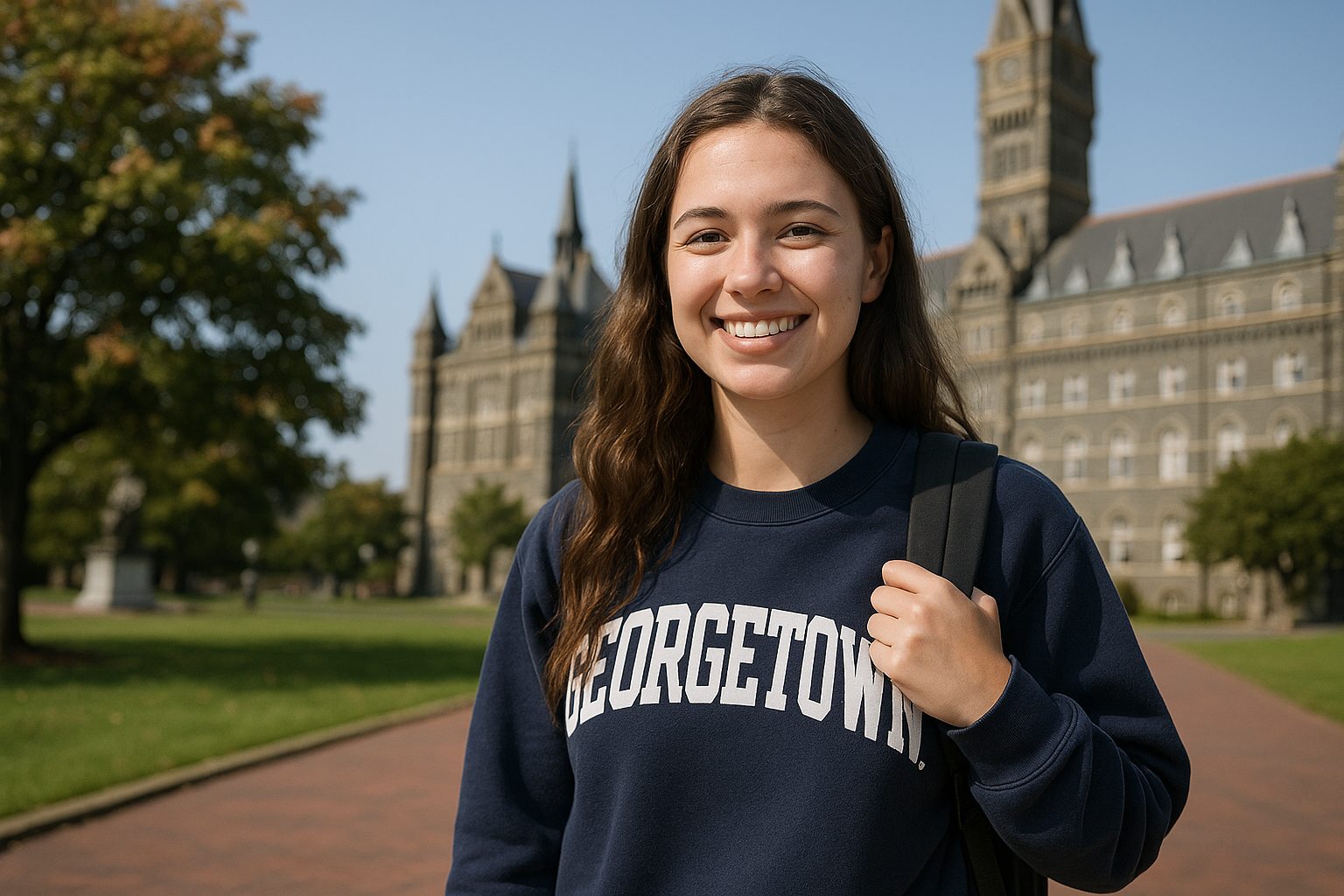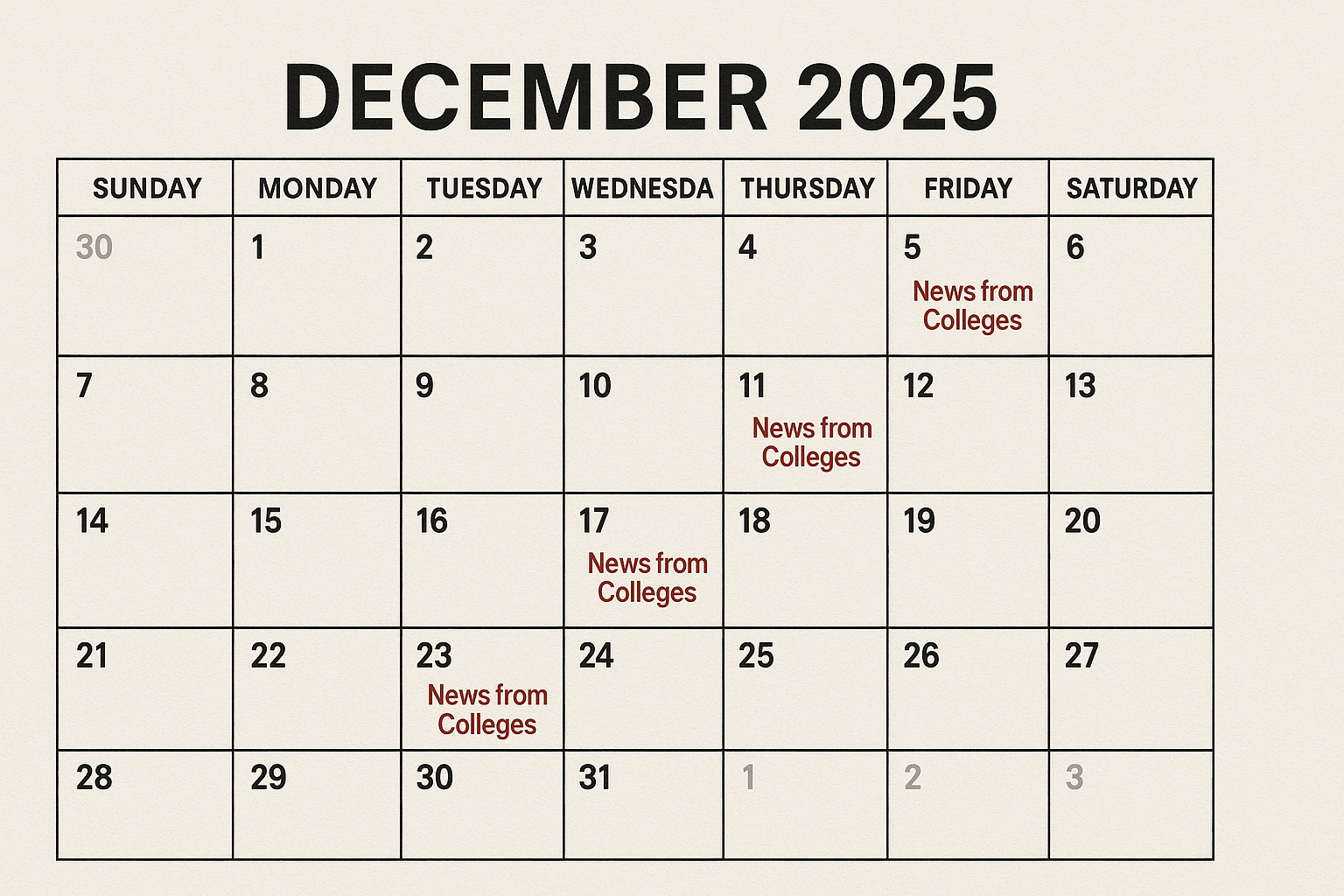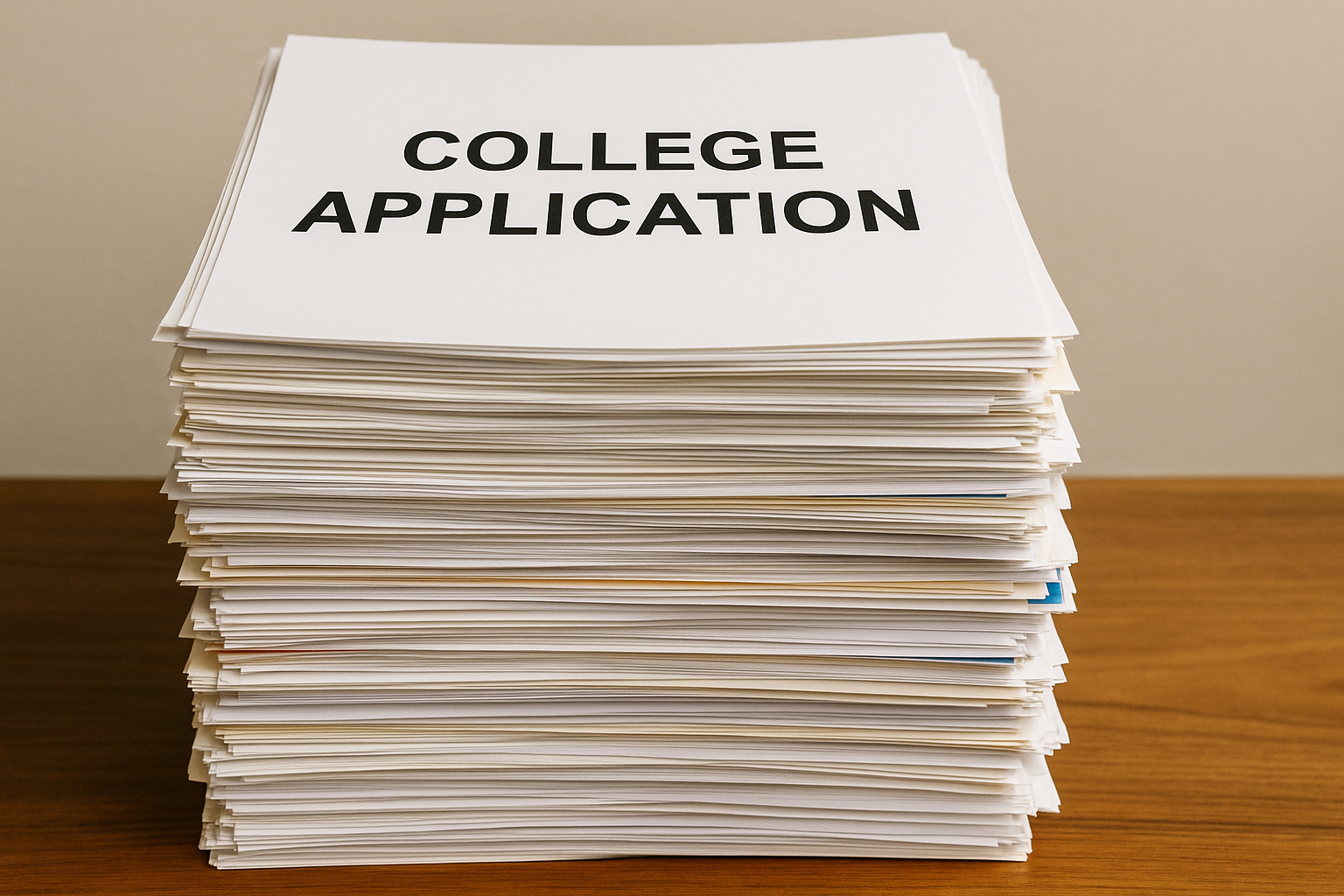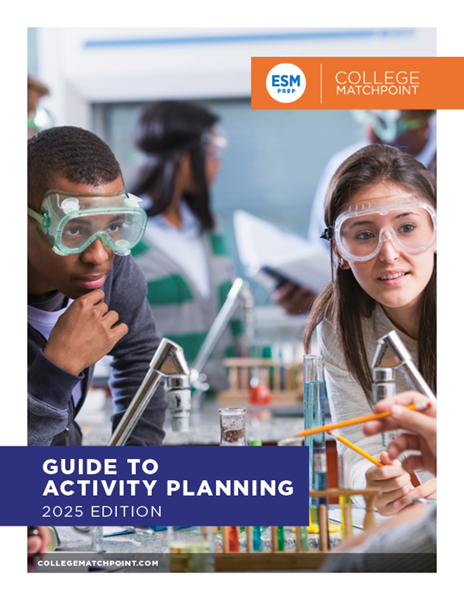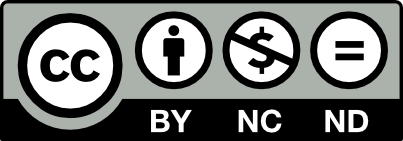This page is licensed under Creative Commons under Attribution 4.0 International. Anyone can share content from this page, with attribution and link to College MatchPoint requested.
We have a unique approach at ESM Prep College MatchPoint. It all begins and ends with our ultimate goal: for our students to thrive in their selected college.
The college application process can feel overwhelming, no matter how strong the student. But at ESM Prep College MatchPoint, we believe it should be organized, personal, and even fun, and we provide a framework that reduces the stress throughout the journey.
DOWNLOAD OUR GUIDE TO
Activity Planning
The most successful college applicants have engaged in activities that are based on their interests, aptitudes, and motivations. This guide presents our i4 framework and walks you through how your student can optimize their interest, involvement, initiative, and impact to successfully engage during high school and develop into a strong college applicant.
You might also be interested in these resources!
